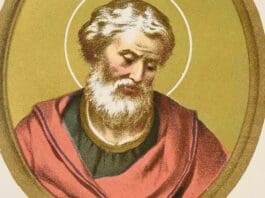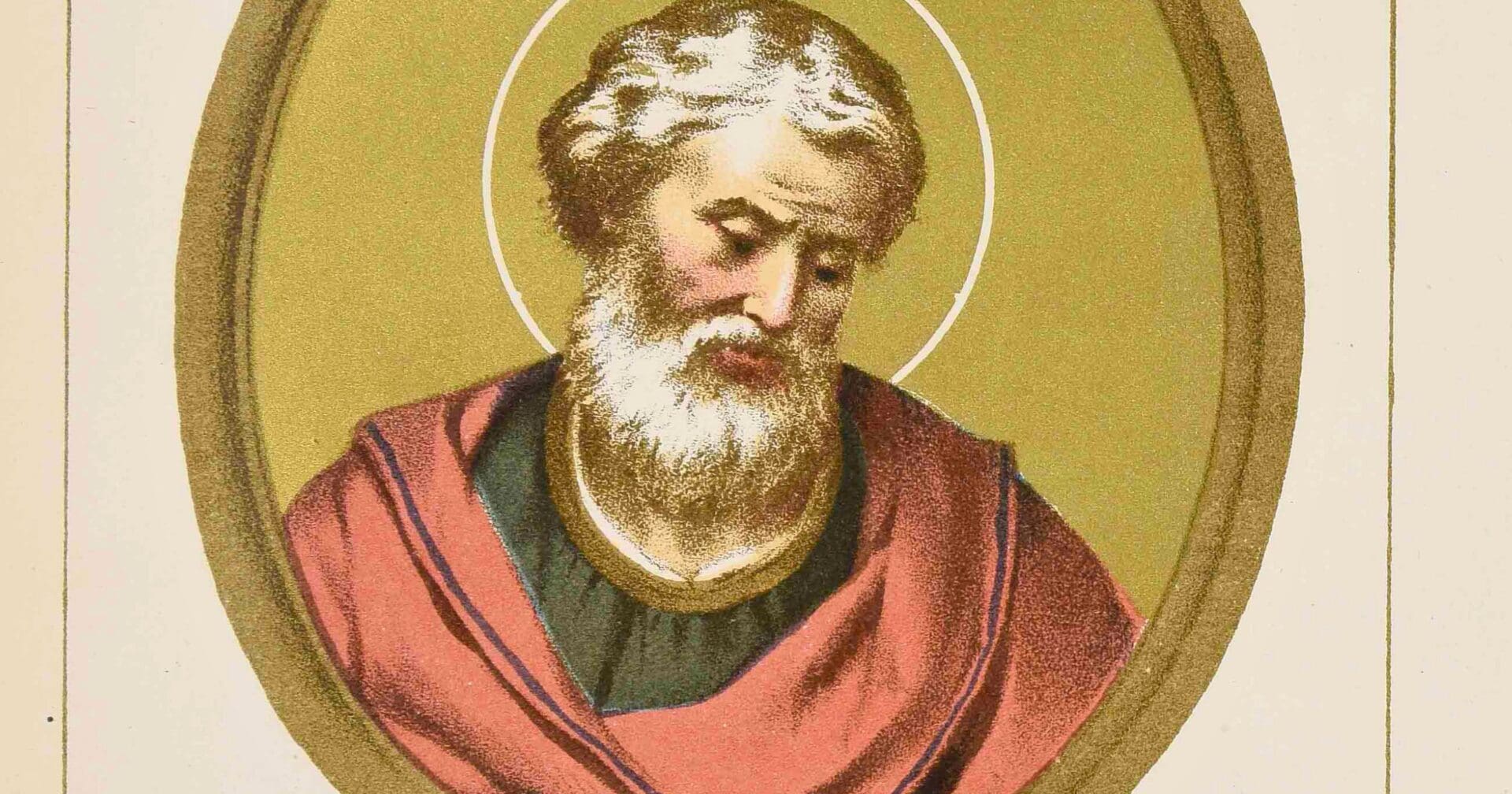
Pope Saint Anicetus, the 11th pope, succeeded St. Pius towards the year c. 153, and reigned till about 168. While Anicetus was Pope, St. Polycarp, then in extreme old age, came to confer with him (160-162) about the Paschal controversy; Polycarp and others in the East celebrating the feast on the fourteenth of the month of Nisan, no matter on what day of the week it fell; whereas in Rome it was always observed on Sunday, and the day of the Lord’s death on Friday. The matter was discussed but nothing was decided. According to Eusebius: “Polycarp could not persuade the Pope, nor the Pope, Polycarp. The controversy was not ended but the bonds of charity were not broken”; the Pope permitting the aged saint to celebrate on the day he had been accustomed to in the Church of Smyrna.
Also in the papacy of St. Anicetus, Montanism was finally condemned. It was a heresy of the time with many differences with Catholicism – Catholicism is the original and true form of Christianity. Most notable of all the adherents to Montanism was Tertullian, the famous Early Christian writer who fell into such heresy later in his life.
Hegesippus, the first Christian historian whose writings are of great value, because he lived so near the time of the Apostles, also came to Rome at this time. His visit is recorded by most ecclesiastical authors as noteworthy, inasmuch as it calls attention to the fact that many illustrious men repaired to Rome at that period, thus emphasizing very early the supreme dignity and authority of the Roman Pontiffs. Marcion, Marcellinus, Valentine, and Cordo were also at Rome, disturbing the Church by their Manichæism. Anicetus suffered martyrdom in 161, but the dates vary between 16, 17, and 20 April.
Photo credit: Public Domain via Wikimedia Commons
The post Pope Saint Anicetus appeared first on uCatholic.
Daily Reading
Saturday of the Sixteenth Week in Ordinary Time
Reading 1 Jer 7:1-11 The following message came to Jeremiah from the LORD:Stand at the gate of the house of the LORD,and there proclaim this message:Hear the word of the…
Daily Meditation
Planted in You
Click here for daily readings I’ve recently had some remodeling done in my home. My dwelling place is a sound structure. Built in the mid 70’s, wear and tear in…




